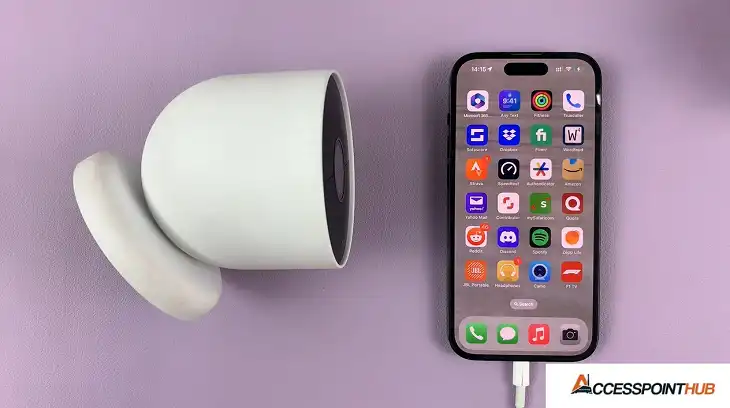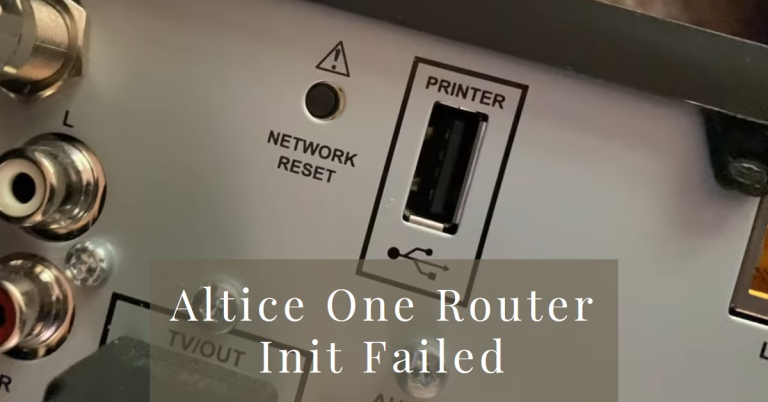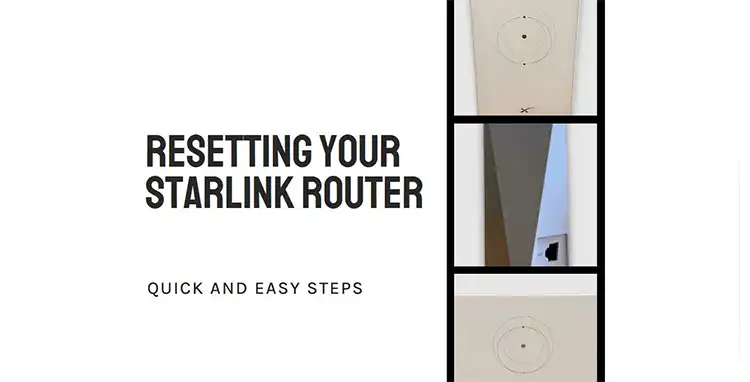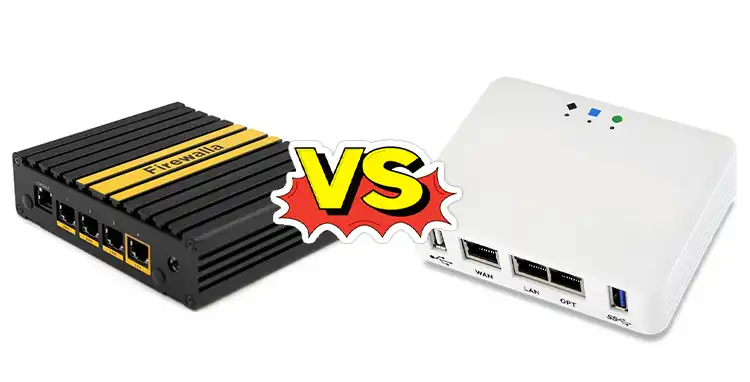Learn to play double bass basics and expert tips
How to Learn to Play the Double Bass – Essential Basics and Expert Recommendations
The double bass with its deep resonant tones is a cornerstone of orchestral jazz and contemporary music. Learning to play this majestic instrument requires dedication proper technique and a structured approach. Whether you’re drawn to classical repertoire jazz improvisation or modern genres mastering the double bass opens doors to rich musical expression.
Unlike smaller string instruments the double bass demands physical strength precise posture and an understanding of its unique mechanics. Beginners must focus on foundational skills such as bowing techniques finger placement and intonation. Patience and consistency are key as progress may feel slow at first due to the instrument’s size and complexity.
This guide provides a step-by-step roadmap for aspiring bassists covering essential basics like selecting the right instrument proper setup and effective practice routines. Additionally expert recommendations will help you avoid common pitfalls and accelerate your learning curve. Whether you’re a complete novice or transitioning from another instrument these insights will set you on the path to success.
Choosing the Right Double Bass for Beginners
Selecting the right double bass is crucial for beginners to ensure comfort progress and long-term enjoyment. Consider the following factors when making your choice:
1. Size Matters
- 1/4 or 1/2 size – Best for children or petite players.
- 3/4 size – The standard size for most adults and beginners.
- 7/8 or 4/4 size – Suitable for tall players with larger hands.
Test different sizes to find one where your left hand comfortably reaches all positions.
2. Construction and Materials
- Plywood basses – Affordable durable and resistant to weather changes.
- Hybrid basses – Plywood body with a solid wood top for better resonance.
- Solid wood basses – High-end rich sound but sensitive to humidity.
Beginners should start with plywood or hybrid models for cost-effectiveness and durability.
3. Setup and Playability
- Ensure the string height (action) is comfortable for finger pressure.
- Check the fingerboard for smoothness and proper curvature.
- The bridge should be well-fitted to avoid sound issues.
A poorly set-up bass can hinder progress–consult a luthier if unsure.
4. Budget Considerations
- Entry-level basses – $1 000–$3 000 (plywood or hybrid).
- Mid-range basses – $3 000–$6 000 (better craftsmanship solid tops).
- Professional basses – $6 000+ (solid wood handcrafted).
Renting is a smart option for beginners before committing to a purchase.
5. Where to Buy
- Specialized string instrument shops (best for setup and advice).
- Online retailers (check return policies and reviews).
- Used market (inspect carefully for cracks or repairs).
Always try before buying or seek a trial period.
What Size Double Bass Should You Start With?
Choosing the right size double bass is crucial for comfort technique and progress. Double basses come in several sizes typically measured in fractions (1/4 1/2 3/4 and 4/4). The correct size depends on the player’s height arm length and age.
1/4 Size: Best for young children (ages 5-9) or players under 4’6″ (137 cm). This size allows proper finger placement and bow control.
1/2 Size: Suitable for older children (ages 9-13) or players between 4’6″ and 5′ (137-152 cm). Offers a balanced transition before moving to a full-size instrument.
3/4 Size: The most common size for teens and adults (5′ and taller). Used by professionals and students alike providing full tonal range without excessive bulk.
4/4 Size (Full Size): Rarely used reserved for very tall players (over 6’2″). Most professionals prefer 3/4 for better playability.
Key considerations: Ensure the player can comfortably reach the fingerboard’s first position and hold the bow at a natural angle. Test different sizes with a teacher or luthier for the best fit.
How to Identify a Quality Beginner Instrument
Choosing the right double bass as a beginner is crucial for progress and comfort. A well-made instrument ensures better sound playability and durability. Follow these key factors to identify a quality beginner double bass.
Materials: Look for solid wood construction preferably spruce for the top and maple for the back and sides. Avoid plywood or laminated wood as they produce inferior sound and lack resonance.
Craftsmanship: Check for smooth seams even varnish and no visible glue marks. The fingerboard should be ebony or high-quality hardwood free from cracks or warping. The neck must align straight with the body.
Setup: A properly set-up bass includes well-fitted pegs a straight bridge and correctly adjusted soundpost. The strings should be at a comfortable height (action) to avoid unnecessary finger strain.
Sound Quality: Play open strings and listen for clear warm tones without buzzing. A good beginner bass should project sound evenly across all strings.
Size & Comfort: Ensure the bass size (1/4 1/2 or 3/4) matches the player’s height and arm length. The instrument should feel balanced when standing or sitting.
Reputable Brands & Dealers: Purchase from trusted luthiers or established brands known for student instruments. Avoid extremely cheap models as they often require costly repairs.
Second-Hand Considerations: If buying used inspect for cracks loose ribs or structural damage. Test tuning stability and ask about previous maintenance.
Investing in a well-crafted beginner double bass sets the foundation for effective learning and long-term enjoyment.
Renting vs. Buying: What’s Best for a New Player?
Starting your journey with the double bass is exciting but deciding whether to rent or buy can be challenging. Both options have pros and cons depending on your budget commitment level and long-term goals.
Advantages of Renting:
- Lower Initial Cost – Renting requires minimal upfront investment making it ideal for beginners.
- Flexibility – You can test different models before committing to a purchase.
- Maintenance Included – Many rental agreements cover repairs and adjustments.
- Upgrade Options – Some programs allow switching to a better instrument as you progress.
Disadvantages of Renting:
- Long-Term Cost – Monthly fees add up over time potentially exceeding the price of buying.
- Limited Ownership – You won’t build equity and customization options may be restricted.
Advantages of Buying:
- One-Time Investment – A quality instrument can last decades with proper care.
- Full Control – You can modify and personalize your bass as you see fit.
- Resale Value – Well-maintained instruments retain value over time.
Disadvantages of Buying:
- High Upfront Cost – Entry-level double basses can be expensive.
- Maintenance Responsibility – Repairs and adjustments come at your expense.
Expert Recommendations:
- Try Before Committing – Rent first if you’re unsure about long-term interest.
- Budget Wisely – If buying consider used instruments or payment plans.
- Check Rental Policies – Some shops apply rental fees toward future purchases.
For those also exploring music production check out the FL Studio Free Download Offer to experiment with recording your bass progress.
Mastering Proper Posture and Hand Positioning
Proper posture is the foundation of efficient double bass playing. Stand or sit with your back straight shoulders relaxed and feet shoulder-width apart. Adjust the endpin so the bass rests at a 45-degree angle placing the bridge near your right hip. The scroll should align with your head allowing easy access to all strings.
For left-hand positioning curve your fingers naturally over the fingerboard keeping your wrist straight. Avoid collapsing your hand or pressing too hard–use only the necessary pressure to produce a clear tone. Your thumb should rest lightly behind the neck opposite your second finger ensuring flexibility and mobility.
Right-hand technique varies by playing style. For arco (bow) playing hold the bow with a relaxed grip balancing it between your thumb and middle finger. Keep your wrist flexible to maintain smooth bow strokes. For pizzicato (plucking) use the side of your index finger pulling the string diagonally for a resonant sound.
Regularly check for tension in your arms neck or shoulders. Incorrect posture leads to fatigue and injury over time. Use a mirror to self-assess or seek feedback from a teacher to refine your technique.
How to Stand Correctly While Playing the Double Bass
Proper posture is critical for playing the double bass efficiently and avoiding strain or injury. Follow these guidelines to ensure correct positioning.
Stand with your feet shoulder-width apart distributing weight evenly. Angle the bass slightly toward you placing the lower bout between your knees for stability. Adjust the endpin so the top of the bass aligns with your mid-torso allowing your arms to reach the fingerboard comfortably.
Keep your back straight but relaxed avoiding tension in the shoulders. Bend slightly at the knees to maintain flexibility. The neck of the bass should tilt toward you ensuring easy access to all strings without overextending your left hand.
Position the bass so the bridge is centered in front of you. Your bowing arm should move freely without obstruction while your left hand maintains a natural curve on the fingerboard. Avoid leaning into the instrument–let it rest against your body.
Regularly check your posture in a mirror or record yourself to identify and correct imbalances. Adjust the endpin height or stance as needed for comfort and control.
Left Hand Techniques: Finger Placement and Pressure
Proper left-hand technique is crucial for playing the double bass accurately and comfortably. Finger placement and pressure determine intonation tone quality and endurance.
Finger Placement
Each finger must press the string firmly behind the fret (or in the correct position for fretless basses). The fingers should curve naturally with the thumb resting lightly behind the neck for support. Avoid collapsing the knuckles as this weakens control.
| Finger | Position | Note |
|---|---|---|
| 1 (Index) | First position (closest to nut) | Primary anchor for shifting |
| 2 (Middle) | Adjacent to 1st finger | Often used for half-step intervals |
| 3 (Ring) | Close to 2nd finger | Requires strength for clear tone |
| 4 (Pinky) | Extends reach | Weakest; needs reinforcement |
Pressure Control
Apply only enough pressure to produce a clean sound–excessive force causes tension and fatigue. Practice scales slowly focusing on minimal effort. Strengthen fingers with exercises like trills and vibrato drills.
Common Mistakes
- Flat fingers (reduces precision)
- Over-squeezing the neck (limits mobility)
- Inconsistent pressure (causes uneven tone)
Right Hand Basics: Bow Grip and Plucking Techniques
Mastering the right hand is crucial for producing a clear and expressive sound on the double bass. The two primary techniques are bowing and plucking (pizzicato) each requiring precise control.
Bow Grip Fundamentals
Hold the bow with a relaxed yet firm grip. The thumb rests against the frog slightly bent while the fingers curve naturally over the stick. The index finger applies gentle pressure for control and the pinky balances the bow’s weight. Avoid tension–flexibility ensures smooth bow changes.
Bowing Techniques
Maintain consistent bow speed and pressure for even tone production. Practice straight bowing parallel to the bridge. Use full bows for sustained notes and shorter strokes for articulation. Experiment with bow placement (near bridge for intensity near fingerboard for softer tones).
Pizzicato Technique
For plucking use the side of the index finger pulling the string outward. Keep the hand relaxed and pivot from the wrist not the arm. Aim for a resonant controlled sound by releasing the string cleanly. Adjust plucking position (closer to bridge for brightness near fingerboard for warmth).
Common Challenges
Beginners often grip the bow too tightly causing stiffness. Focus on relaxation and balance. In pizzicato inconsistent finger placement leads to uneven tone. Practice precise finger movements for consistency.
Expert Tips
Develop both bowing and pizzicato equally–they complement each other. Record yourself to assess tone and technique. Start slow focusing on accuracy before speed. Consult a teacher for personalized feedback.
FAQ:
What’s the best way to hold a double bass for beginners?
Start by standing with your feet shoulder-width apart. Adjust the endpin so the bridge is at wrist level when your arm hangs relaxed. Tilt the bass slightly toward you keeping it stable with your knees and hips. Avoid hunching—your back should stay straight. A proper grip on the bow or fingers is easier when the instrument is balanced.
How often should I practice as a beginner?
Short frequent sessions work better than long sporadic ones. Aim for 20-30 minutes daily focusing on scales bowing techniques and simple pieces. As stamina builds increase to 45-60 minutes. Consistency matters more than duration—regular practice helps muscle memory develop faster.
What’s harder: bowing or plucking the double bass?
Bowing often takes more time to master. It requires precise control of pressure speed and angle to produce a clean tone. Plucking (pizzicato) is simpler initially but needs strength for clarity and rhythm. Most players learn both—bowing for classical plucking for jazz and folk.
Can I teach myself double bass or do I need a teacher?
While self-study is possible with online resources a teacher helps correct posture grip and technique early on. Small mistakes can lead to injuries or bad habits. If lessons aren’t an option record yourself playing and compare it to tutorials to spot errors.






